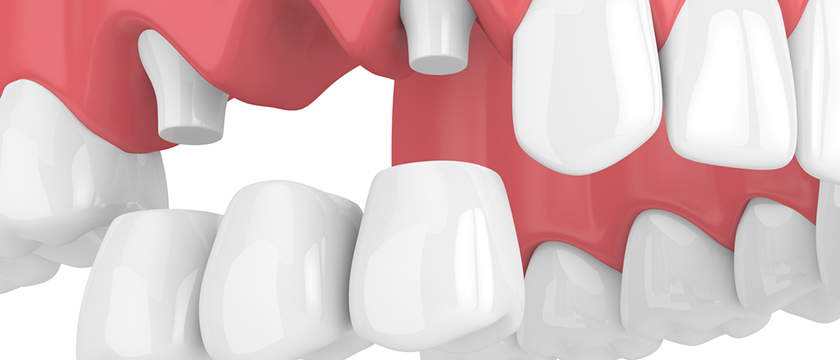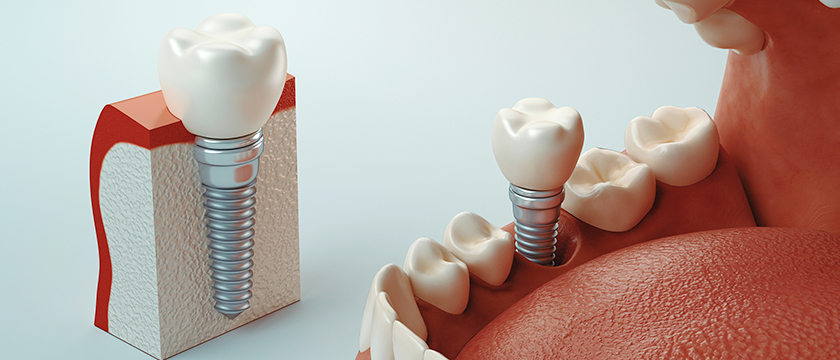Blog
 17 Jan 2023
17 Jan 2023
When Does a Dentist Recommend a Dental Bridge: Beginner’s Guide
If you have one or more missing teeth, your dentist may fill the gap using a dental bridge. It is an artificial tooth (called a pontic) that is anchored into place using each adjacent tooth on the side of the gap. The procedure is quick and takes only two dental appointments, making it a highly convenient tooth replacement choice.
 10 Dec 2022
10 Dec 2022
5 Problems Missing Teeth Can Cause & The Best Replacement Solutions
While adult teeth can last a lifetime, many Canadians will lose at least one to injury, decay, gum disease, or oral health problems. In addition to the mental distress it causes, this loss can have significant health impacts too. Fortunately, modern dentistry has come up with several excellent solutions to replace a missing tooth. Today, we will examine some of these problems and solutions in further detail to help you decide how to handle your missing tooth troubles.
 10 Jul 2021
10 Jul 2021
A Complete Guide to Dental Implants
Tooth loss is a common dental condition seen among patients. Losing a tooth to injury, gum disease, or decay can impact your facial appearance and compromise your ability to speak and chew normally. Many people who have lost a tooth worry about it constantly and become self-conscious, afraid to let anyone see the gap in their smile.
Dental implants can be used to replace missing teeth and correct these problems. Many patients report that getting dental implants has had a significant impact on their quality of life. Some forget that they were ever missing a tooth in the first place. Our guide will teach you everything you need to know about dental implants, including what they do, how they are placed, and why they are the right choice to replace your missing tooth.
